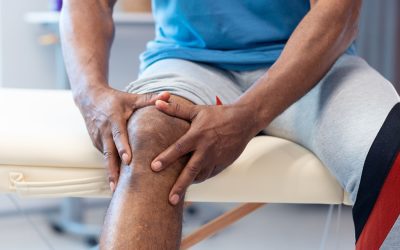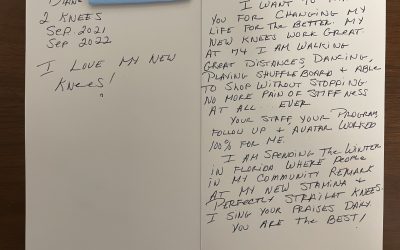Long-term fixation of the artificial socket component (glenoid) remains the principle problems in shoulder replacement. Traditional designs have relied on using bone cement to afix the glenoid component to the underlying bone. With repetitive shoulder use, the bond between the cement and bone can loosen leading to failure of the component and the potential need for revision surgery. This illustration demonstrates progressive loosening due cement debonding. Signs of impending loosening on x-ray may occur within the first few years after shoulder replacement indicating the probability of eventual failure for these patients.
Biological fixation, where bone grows into micropores on the surface of an implant, has proven hugely successful in hip replacement surgery. Research studies following patients over time have shown that once the bone solidly bonds to the surface of the prosthesis, loosening is extremely unlikely. It stands to reason therefore that biological fixation should prove successful in preventing mid-term glenoid loosening and lead to improved long-term outcomes and the potential for patients to engage in more strenuous activities without the risk of glenoid component failure. The pictures to the right shows bone (purple) growing through pores in a metal implant (black). This embeds the metal in the bone so that it does not rely on cement for bonding.
Several companies have started to embrace this concept with glenoid components that have porous metal central peg that is inserted into the socket bone. As the bone grows into the pores on the prosthesis, fixation no longer relies on the cement bond which may break down over time. So far, these designs have proven very promising with few signs of early loosening and excellent mid-term survival. The picture to the right shows the Exactech, Inc., cage glenoid component. The central peg is porous titanium instead of plastic and allows bonding of the bone to the implant. This occurs by the 8 weeks postoperatively and continues to strengthen for the next few months.
Along with the general trend of medical advancements, we can hopefully expect continued improvement in these designs and as their use increases, we will gather longitudinal data to demonstrate their effectiveness and durability. Should we be able to solve the issue of glenoid failure due to loosening, we can widen the envelope of indications for total shoulder replacement and offer it to younger patients with moderate to severe arthritis who wish to continue physically demanding activities
Dr. Parsons currently uses an ingrowth glenoid component in all total shoulder replacements. This image is a representative xray showing the titanium pegs embedded in the shoulder blade with no evidence of debonding around the pegs.
Learn more about Dr. Moby Parsons here.

















